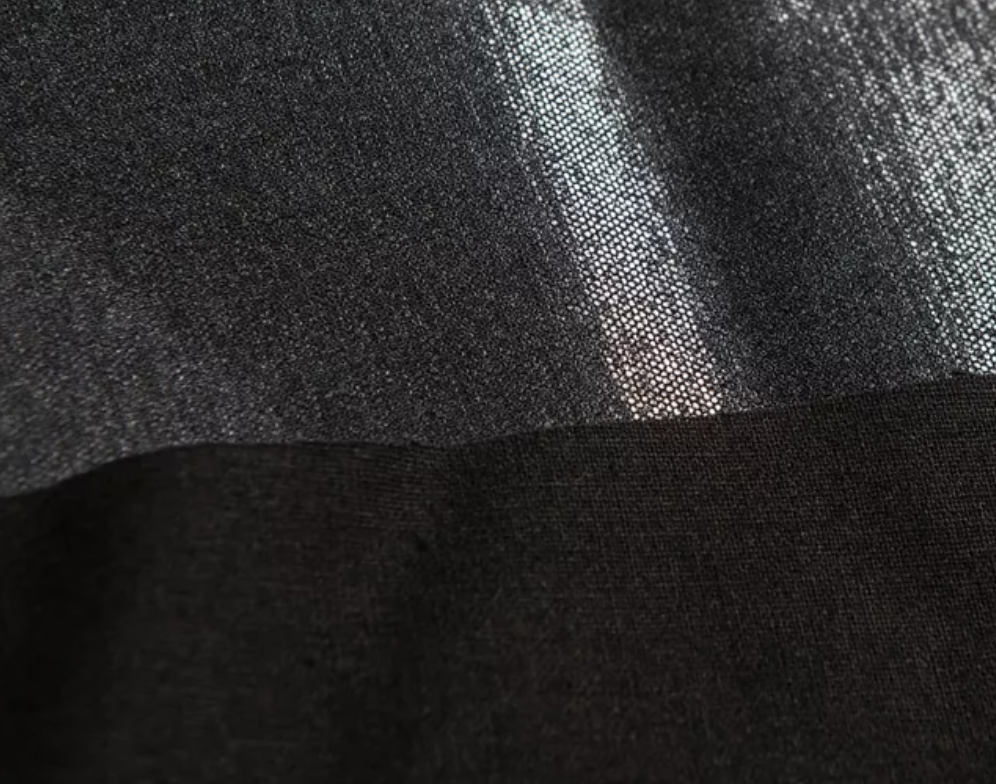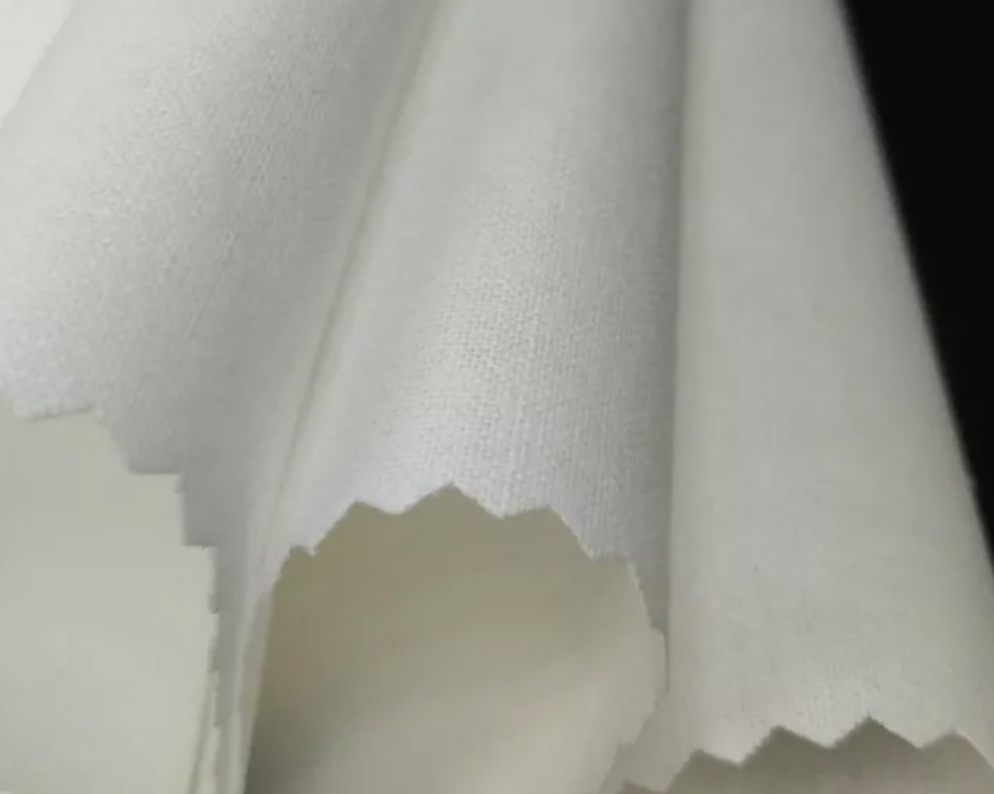增强衬衫结构和风格:探索衬衫衬里的世界
2023-05-10.
Shirt interlining refers to a layer of material that is inserted between the outer fabric and the lining of a shirt. It is primarily used to add structure, stability, and durability to the shirt's collar, cuffs, and front placket. Interlining materials are often made of woven or non-woven fabrics that provide stiffness and support to these areas.
The main purpose of shirt interlining is to enhance the shirt's appearance and maintain its shape over time. It helps the collar and cuffs maintain a crisp and defined shape, preventing them from collapsing or curling. Interlining also adds substance to the front placket, allowing it to lie flat and create a clean, polished look.

Different types of interlining materials can be used, depending on the desired level of stiffness and the fabric weight of the shirt. Some common interlining materials include:
Fusible Interfacing: This is a popular choice for shirt interlining. It has a heat-activated adhesive on one side, which can be bonded to the fabric by applying heat and pressure. Fusible interfacing provides a good balance between stiffness and flexibility.
Sew-In Interfacing: This type of interlining is stitched into the garment by hand or machine. Sew-in interfacing offers more control over the final result and can be used for lightweight to heavyweight fabrics.
Knit Interfacing: Knit interlining is made of stretchable material, typically used for shirts made from stretch fabrics. It helps maintain the fabric's stretch while providing some stability and support.
Woven Interlining: Woven interlining is a non-stretchable material made of woven fibers. It is available in different weights and can be used for various shirt fabrics, providing a range of stiffness options.

When choosing shirt interlining, factors such as the fabric weight, desired level of stiffness, and personal preference should be considered. It's always a good idea to follow the pattern instructions or seek guidance from a professional if you're unsure about which interlining to use for a particular shirt project.